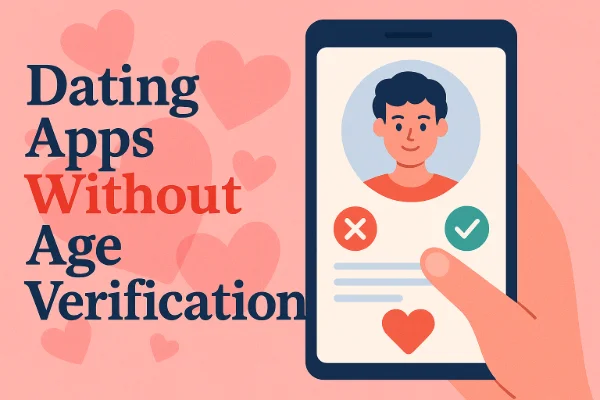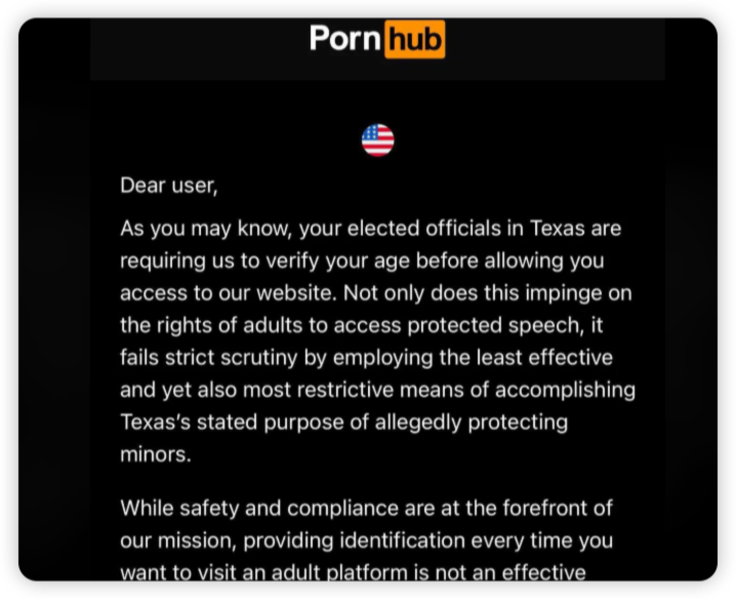What Are the Most Common Amazon Scams?
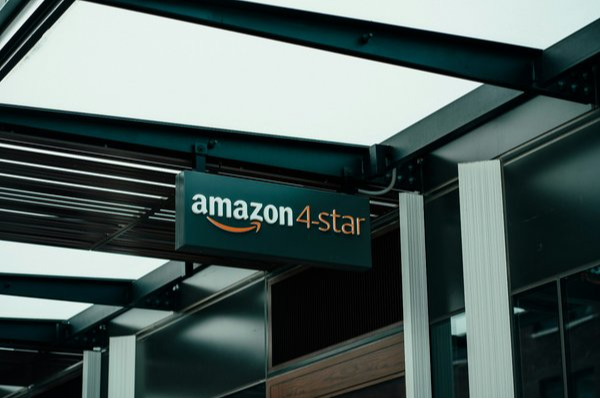
Online scams on Amazon take many shapes, but a handful of tactics are used repeatedly because they work on unsuspecting shoppers.
Fake Sellers and Listings
This is one of the oldest tricks in the book. A scammer creates a fake storefront filled with tempting deals. The listings look professional, the product photos are polished, and the prices are lower than anywhere else. Once you order, the scammer either ships a poor-quality knockoff or disappears entirely. These scams prey on our love of bargains. If a price looks too good to be true, it usually is.
- Example: A “seller” advertises an iPhone 14 for $299. The listing looks legitimate, but the phone never arrives, or what shows up is a fake toy phone.
Counterfeit Products
Counterfeits are everywhere on Amazon. From luxury handbags to workout supplements, fake versions often slip through. While some counterfeits are just disappointing, others can be downright dangerous.
- Fake electronics may overheat or cause fires.
- Counterfeit supplements could contain unsafe or untested ingredients.
Amazon removed over 6 million counterfeit products in 2022 alone, but with so many sellers, it’s an ongoing battle.
Phishing Emails and Fake Websites
Ever received an email saying: “Your Amazon account has been locked. Click here to restore access”? That’s a classic phishing attempt.
Scammers send emails or texts that look identical to Amazon’s official communications. They use real logos and even mimic Amazon’s writing style. But when you click the link, you’re taken to a fake website that steals your login details or payment information.
Gift Card Scams
Amazon gift cards are popular, but scammers abuse them too. Fraudsters often pose as Amazon employees, tech support, or even government agencies, and demand that victims pay them using Amazon gift cards.
Here’s the truth: Amazon will never ask you to make payments via gift cards. Anyone who does is trying to scam you.
Delivery and Refund Scams
These scams usually involve fake shipping notifications or refund requests. Both sides, buyers and sellers, need to stay alert.
- A common tactic: You get a message claiming your package couldn’t be delivered until you “confirm” your payment info.
- Sellers can also be scammed when dishonest buyers falsely claim they didn’t receive an item and demand a refund.
How to Recognize a Scam on Amazon
Spotting scams isn’t always easy, but there are clear red flags to watch for.
Unrealistic Discounts
If a product is priced far below its market value, that’s suspicious. Sure, Amazon has flash sales, but a $1,000 laptop selling for $100? That’s bait. Scammers count on excitement to override common sense. Always compare prices with other sellers or the brand’s official website.
Suspicious Seller Profiles
A quick look at the seller profile can tell you a lot:
- Did they join Amazon recently?
- Do they have very few or no reviews?
- Is their business information vague or missing?
These are red flags. Legitimate sellers usually have a history, reviews, and clear business details.
Manipulated Reviews
Reviews are powerful, and scammers know it. That’s why fake reviews are everywhere.
Signs of fake reviews:
- Overly positive, repetitive comments.
- Reviews that don’t seem related to the actual product.
- A sudden flood of 5-star reviews within a short period.
Tools like Fakespot or ReviewMeta can help filter out suspicious reviews.
Requests for Payment Outside Amazon
If a seller asks you to pay through bank transfer, PayPal (outside Amazon), or gift cards, it’s a scam. Amazon requires all payments to go through its platform, and stepping outside it removes your buyer protection.
To avoid payment scams, you can use a free proxy VPN in UFO VPN to encrypt your IP and protect your data and information.
Are Third-Party Sellers on Amazon Safe?
Amazon itself is safe, but third-party sellers are a mixed bag. Some are reliable, others not so much.
How Amazon Monitors Sellers
Amazon uses AI-powered systems to flag suspicious behaviour. In 2022, Amazon blocked over 700,000 seller accounts before they could even list items. They also work with brands to fight counterfeits through programs like Project Zero.
Red Flags of Risky Sellers
Watch out for sellers who:
- Offer steep discounts compared to competitors.
- Provide vague or evasive answers to questions.
- Ship items late or with poor packaging.
Safe Shopping With “Fulfilled by Amazon”
Want extra security? Choose products Fulfilled by Amazon (FBA). This means Amazon stores, packs, and ships the product. While it’s not foolproof, it adds credibility and makes returns much easier.
UFO VPN is trusted by over 20 million users globally. Get this free Windows VPN; free Mac VPN; free iOS VPN; free Android VPN with one click!
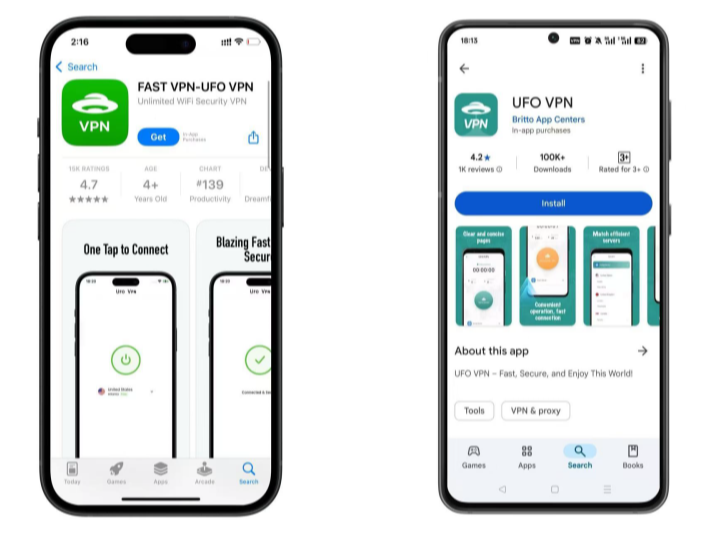
Open the app and choose a streaming-friendly server in the country where your favorite content is available. Tap "Connect" and let the magic happen. UFO VPN has offered 100+ fastest VPN connections to Netlfix VPN server, Disney VPN server, BBC VPN server and more!
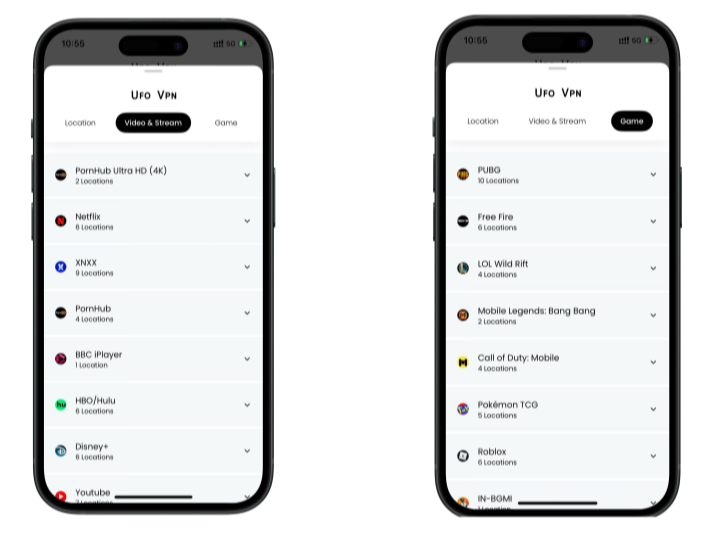
Pro Tip
To ensure you have switched to an encrypted IP address, use What Is My IP tool to double check your real-time IP is hidden successfully.
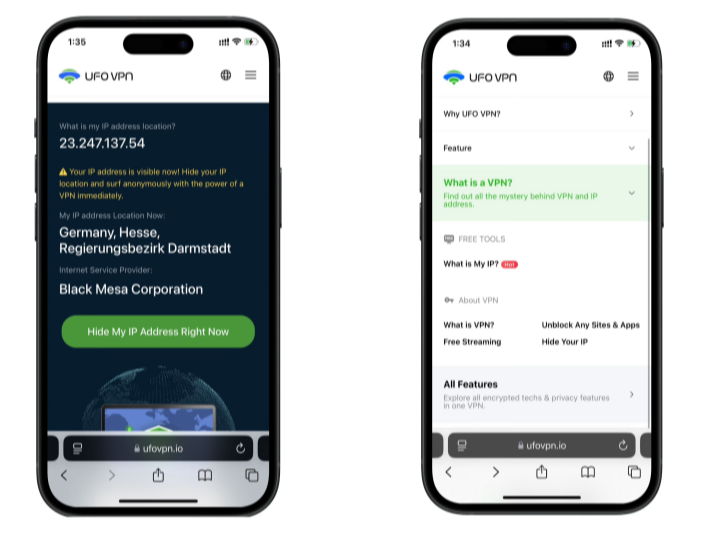
Once connected, refresh your streaming platform and enjoy unrestricted, buffer-free entertainment from anywhere in the world.

How to Protect Yourself From Amazon Scams
Here are the best strategies to stay safe.
Verify the Seller and Product
- Check seller ratings and read reviews carefully.
- Look for brand-authorized sellers.
- Search the product name on the brand’s official site to compare details.
Use Amazon’s Secure Checkout, amazon uses strong encryption and fraud detection tools. Always pay through Amazon’s official checkout, never through outside links.
Enable Two-Factor Authentication, two-factor authentication (2FA) adds another wall of protection. Even if someone steals your password, they can’t access your account without the second code.
Report Suspicious Activity Immediately, amazon has a dedicated reporting system that you can use to report a shady listing, a fake seller, or a phishing email, report it. Quick action not only protects you but also helps keep the marketplace safe.
Use Virtual Credit Cards and Monitoring Tools. Many banks let you create virtual card numbers for online shopping. These numbers expire after use, making them useless to hackers. You can also set up transaction alerts, so you’ll know instantly if someone tries to use your card fraudulently.
Conclusion
Amazon is one of the safest online marketplaces, but scammers are always lurking in the shadows. From fake sellers and counterfeit products to phishing emails and gift card fraud, the risks are real but preventable. Think of shopping on Amazon like driving a car: the road is generally safe, but you still wear a seatbelt, follow traffic rules, and stay alert. Apply the same caution when shopping online, and you’ll shop smarter, safer, and stress-free.
FAQs
1. How do I know if a seller on Amazon is legit?
Look for high ratings, plenty of reviews, and the “Fulfilled by Amazon” label. New sellers with no history are riskier.
2. What should I do if I receive a counterfeit item?
Report it under Amazon’s A-to-Z Guarantee. You’ll usually get a full refund, and Amazon will investigate the seller.
3. Can Amazon protect me from phishing scams?
Amazon can’t stop every phishing email. The key is awareness: never click links in suspicious emails. Go directly to Amazon’s website instead.
4. Are gift card requests from Amazon real?
Absolutely not. Amazon will never ask you to pay with gift cards. Any such request is a scam.
5. How can I make my Amazon account more secure?
Use strong, unique passwords, enable two-factor authentication, and monitor your account activity regularly.



